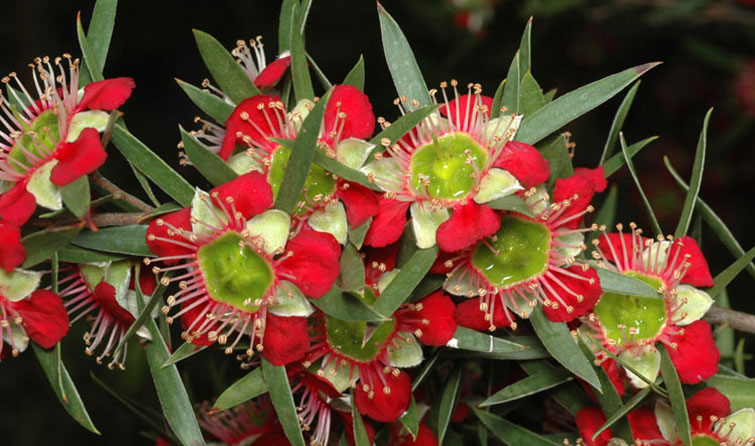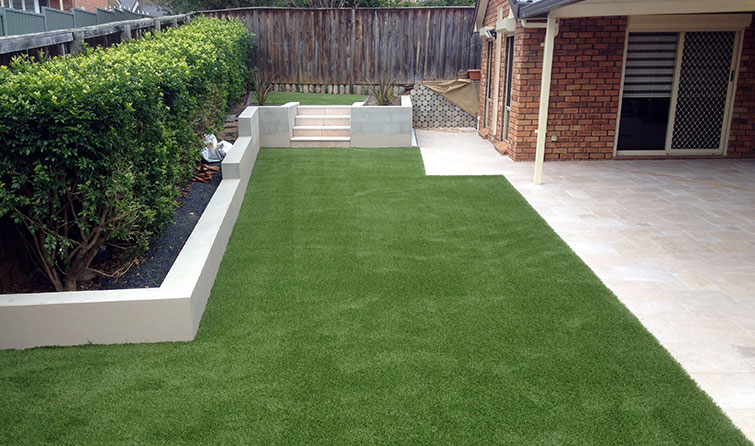Water is a valuable resource that can become scarce during times of drought. Excessive watering of plants and lawn can also lead to a large water bill. Being able to drought proof your garden by reducing the amount of water it needs to stay healthy will not only save you money but time as well. How exactly do you ensure your garden can handle periods of drought? The good news is, we have the answers for you and all you need to do is spend a few minutes reading this post to find out what they are. You ready? Let’s do this.
1. Stop water run-off and say goodbye to dry surfaces via the use of water crystals
Add water crystals or other soil wetting agents to your soil. These can allow water to more effectively penetrate dry surfaces and assist with preventing run-off. The water crystals can help to retain the water in the soil.
2. Switch your clay pots for glazed pots to prevent soil moisture loss
If you have pot plants choose the container they are in carefully. Many people will only worry about the cosmetic look of a pot, not what it is made of. The different materials used to make pots heat up differently and can therefore lose moisture at a more rapid rate. Clay pots will lose moisture through their porous surface and therefore will dry the soil out quicker than glazed pots. If the pots are placed on a garden bed they will draw moisture out of the soil around them.
3. Add mulch to reduce soil temperatures
Add Mulch. Ideally you should be looking to add 50 – 75mm of mulch. Mulch reduces the soil temperature during hot months which can help your plants survive longer without water. It can reduce evaporation from the soil and assists with limiting weed growth.
4. Use a moisture meter and stop guessing whether your plants need water or not
Know whether your plants need water via the use of a Moisture Meter. This handy little tool is a lot cheaper than you think and it can help you get a definitive answer on whether your plants need more water or not. A reading of 10 – 30% means the soil needs water, 40 – 70% means the soil is exact where it needs to be, 80-100% means the soil is too wet. If you don’t have a moisture meter you can test the soil with your finger, if it is damp approx 2cm deep, it doesn’t need water.
5. Pick plants that naturally need minimal water to stay healthy
Use plants that have minimal water requirements. Here are some examples:
- Agave Americana, from Mexico
- Euphorbia wulfenii from the Mediterranean
- Yucca elephantipes from Central America
- Acacia macradenia from Queensland, Australia
- Geranium incanum
- Buxus sempervirens from the Mediterranean
- Leptospermum spectabile from Sydney, Australia

Image source: Australian National Botanic Gardens
Just remember that drought-tolerant plants need to have good drainage as wet or water-logged soil mixed with cold weather will likely kill them in winter.
6. Choose synthetic grass and save a heap of water normally used for watering your lawn
Use synthetic grass for your lawn. Did you known that real lawn uses up 90% of the water applied to your garden? Synthetic grass has many benefits with the main one being it doesn’t need to be watered, ever! It is a perfect lawn solution for home owner looking to save water.

7. Stop plants competing with other plants for water and nutrients
Give your plants some space. It is important to allow adequate space between your plants so that they don’t complete with each other for water, root space and/or nutrients.
8. Keep plants with similar water requirements together and save unnecessary watering
Group plants together in your garden that have similar water requirements. This will allow you to give your plants the right amount of water they need at the right time and will save plants that don’t need a lot of water receiving too much.
9. Reduce evaporation by watering at the right time of day
Water your garden either early in the morning or later in the evening to assist with reducing evaporation. You should aim to water trees and shrubs less frequently but more deeply than other plants, a handy tip is to water slowly to allow penetration deep into the soil.
10. Get more shade and use less water by planting trees
Plant Trees. Once they have had time to establish themselves, most trees won’t require additional watering. Their roots work by soaking up water from the groundwater table. The benefits don’t stop there, trees will also shade other parts of your garden, helping plants to stay cool and therefore reduce their water requirements. If you plant the tree close to your home, the shade can help reduce air-conditioning costs.
11. Regularly rip out those water hungry weeds
Weed your garden regularly. It isn’t fun but weeding on a regular basis, particularly in Spring, can assist with ensuring that you don’t have weeds competing with your plants for water and nutrients. As mentioned earlier, applying a cover of mulch can assist with reducing weeds.
12. Improve your soil structure by using organic fertiliser
Keep your garden plants healthy by adding organic fertiliser and compost to the soil. This will help the soil retain water by reducing evaporation and also improve its structure. Just don’t over fertilize as this can kill many drought-tolerant plants. Also, don’t fertilize water-stressed plants as this can burn their already weakened roots.
Remember, you don’t have to do every item on this list. Pick the items that stand out for you – and start to tackle them first. You can start small. Start with one or two. Set aside some time to work through as many as you can and you will be impressed with the benefits you receive.
Leave a Reply
You must be logged in to post a comment.